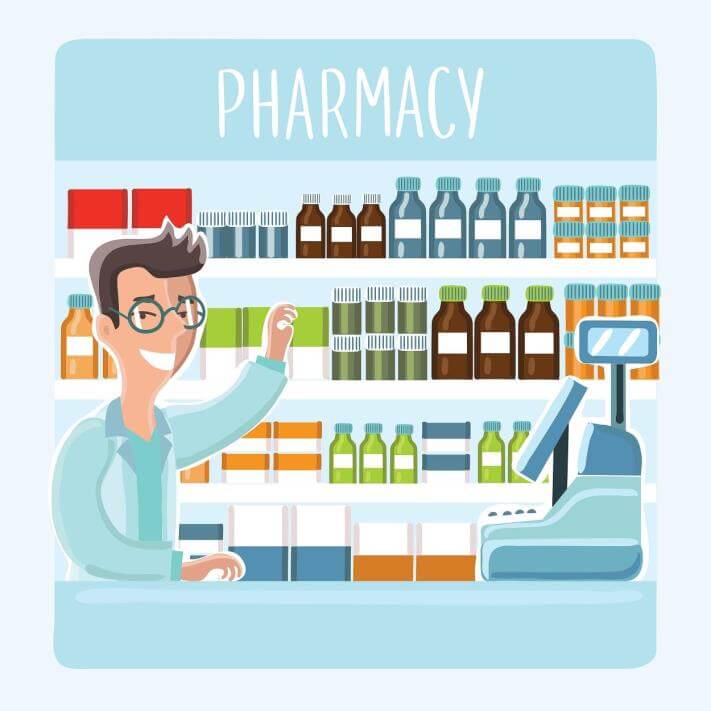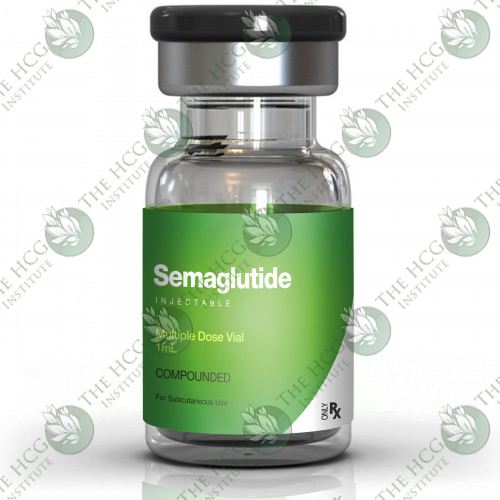
Innovations in mass spectrometry technologies, coupled with rising application in the life sciences and clinical analysis sectors, are creating rich opportunities for mergers and acquisitions in the global market. Mass spectrometry vendors will be keen to partner with clinical diagnostic companies to widen the market for new products that can quantify low trace levels of disease biomarkers.
New analysis from Frost & Sullivan, Analysis of the Global Mass Spectrometry Market finds that the market earned revenues of US$3.02 billion in 2015 and estimates this to reach US$5.03 billion by 2022. The market is moving away from traditional systems to high-resolution technologies such as the Quadrupole-Time of Flight (Q-TOF) mass spectrometry. The Matrix Assisted Laser Desorption/Ionization (MALDI)-TOF segment is expected to grow rapidly due to its benefits of improved resolution, accuracy and sensitivity for clinical diagnostic applications.
Miniaturisation of the instruments has been an important innovation in the mass spectrometry market, as it allows the instrument to be used outside of the laboratory environment for applications such as the testing of water quality and oil exploration. To stay relevant, vendors need to continually launch such novel products as well as aid end users make a seamless transition from traditional systems to high-end instruments.
‘Currently, North America leads the global market due to the presence of a large number of pharmaceutical and biotechnology companies,’ said Frost & Sullivan Measurement & Instrumentation Industry Analyst Krishnan Ramanathan.
‘However, Asia-Pacific holds the greatest potential due to the increasing government funding, business expansion activities by major players, and enhanced adoption by pharmaceutical and life science sectors,’ he noted.
Furthermore, mature markets such as North America and Europe are likely to outsource a substantial number of R&D activities in the pharmaceutical industry to emerging regions such as Asia-Pacific and Rest-of-the-World (RoW). Africa and Latin America are expected to grow at a steady pace as countries in these RoW regions have shown considerable interest in research and obtaining funds.
Meanwhile, stringent safety regulations will drive the adoption of mass spectrometry in the pharmaceutical, environmental, and food & beverage testing industries. The Pharmaceuticals, Biotechnology/Biopharmaceuticals segment, which comprises pharmaceutical companies, biotechnology companies and contract research labs, contributed the most revenue towards sales due to their intensified focus on research and testing.
‘The most successful companies are likely to be solution providers rather than stand-alone instrument or software providers,’ noted Ramanathan.
‘It is critical for advanced technologies to be bundled with service and support, as customers may not have the expertise to operate the high-resolution instruments,’ he explained.
Overall, the escalating adoption of mass spectrometry in clinical diagnostics, applied testing in emerging economies and its expanding use in the pharmaceutical industry will ensure rapid market growth, despite the long replacement cycles.
For complimentary access to more information on this research, please visit here.



















